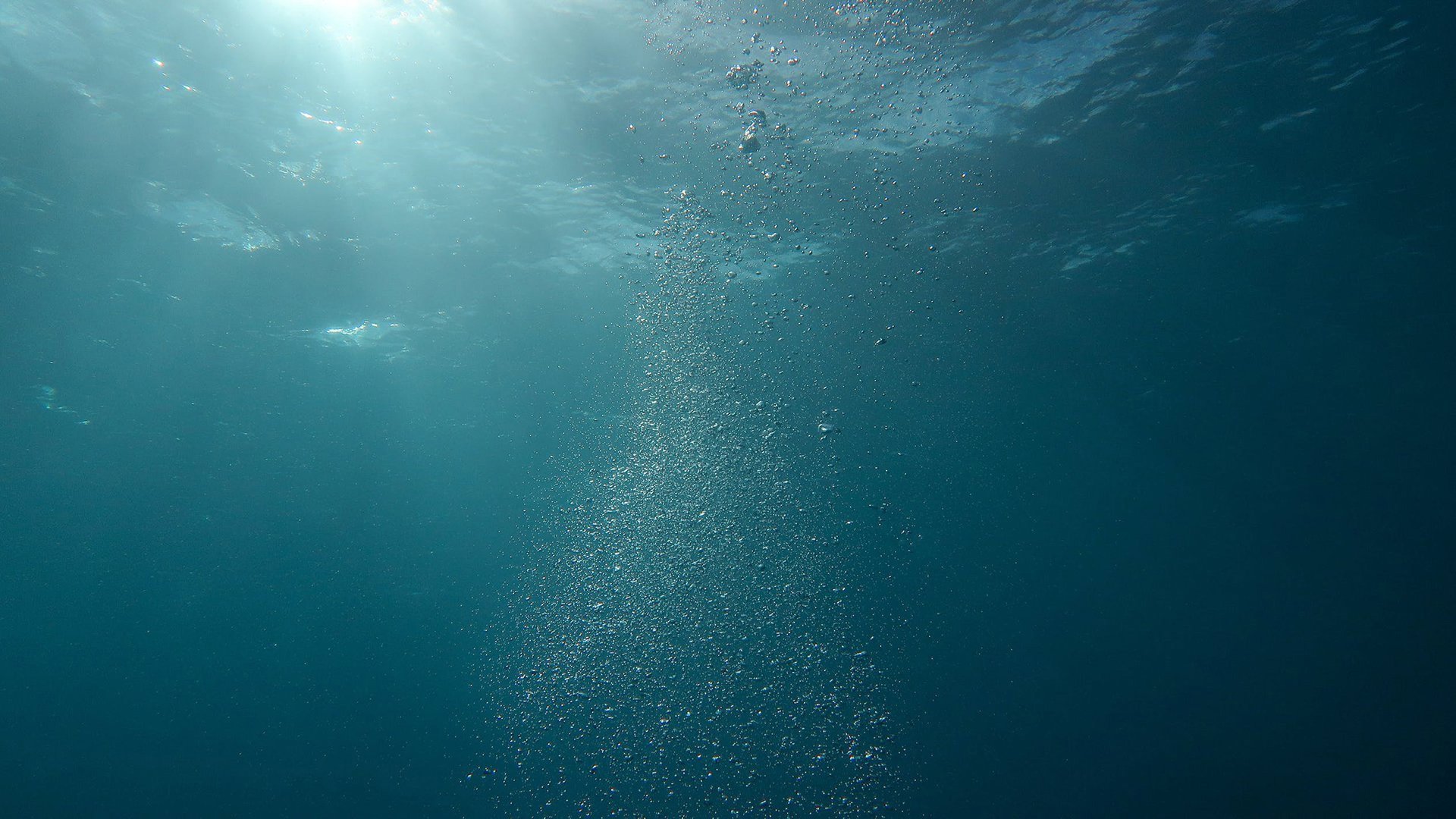Together is better than alone
By eukaryotes, we mean all organisms that have a cellnucleus. We humans fall into that group, as do all fungi, plants and animals. Scientists believe that eukaryotic cells originated from various prokaryotes, cells without a nucleus. They suspect that two or more species entered into close cooperation, because one species produced exactly what the other needed to survive and vice versa. In some cases, the prokaryotes became so dependent on each other that one prokaryote enclosed the other in its own cell, after which they continued as a single organism. This theory is known as the endosymbiosis theory.
It is hard to find evidence of this theory. Not exactly surprising, since the theory claims this endosymbiosis took place billions of years ago. All the same, last month proof was found: the Japanese researchers isolated exactly the prokaryote we had been seeking for so long. It turned out to be a single-cell microbe from the Archaea domain, that they called Prometheoarchaeum syntrophicum. The researchers knew they were on the right track as the archaeon has several genes that are otherwise found only in eukaryotic organisms, while they themselves do not belong to that group. Furthermore, the archaeon lives in close cooperation with a bacterium and the cell has long protrusions that are able to enclose other cells. All compelling evidence for the endosymbiosis theory.
Patience
P. syntrophicum was not easily tamed. The scientists captured the archaeon at a depth of 2,500 metres by collecting sediment from the seabed near Japan. They smeared this sediment on special kinds of sponges and hung them in a tank with slowly flowing seawater. They tried to create the ideal growth conditions for the archaeon by varying the temperature and nutrients. However, the extreme conditions in which the archaeon is normally located proved difficult to simulate. It took the researchers twelve years to find the right growth recipe and collect enough cells for use in research.
The newly discovered archaeon takes 15 to 24 days to undergo cell division, because it is so cold at the bottom of the ocean. As a result, little energy is available for this species to grow. By way of comparison, the intestinal bacterium E. coli divides every 20 minutes.

